This article was co-authored by Lydia Shedlofsky, DO and by wikiHow staff writer, Danielle Blinka, MA, MPA. Dr. Lydia Shedlofsky is a Resident Dermatologist who joined Affiliated Dermatology in July of 2019 after completing a traditional rotating internship at Larkin Community Hospital in Miami, Florida. She earned a Bachelor of Science in Biology at Guilford College in Greensboro, North Carolina. After graduation, she moved to Beira, Mozambique, and worked as a research assistant and intern at a free clinic. She completed a Post-Baccalaureate program and subsequently earned a Master's Degree in Medical Education and a Doctorate of Osteopathic Medicine (DO) from the Lake Erie College of Osteopathic Medicine.
There are 8 references cited in this article, which can be found at the bottom of the page.
wikiHow marks an article as reader-approved once it receives enough positive feedback. In this case, 100% of readers who voted found the article helpful, earning it our reader-approved status.
This article has been viewed 84,695 times.
Boils develop when you have an infection in a hair follicle or oil gland. They can be very uncomfortable, so you likely want your boil to go away fast.[1] While you shouldn’t try to pop your boil, which can cause scarring, it’s possible to help heal it faster by bringing it to a head. To get your boil to come to a head, apply topical treatments, such as a warm compress followed by a natural treatment. Additionally, keep your boil clean and bandaged to help it heal faster. If your boil gets worse, see your doctor for additional treatment options.
Steps
Applying Topical Treatments
-
1Put a warm compress on the boil for 10-15 minutes 3-4 times daily. Soak a clean washcloth in warm water, then wring it out so it remains damp. Place the washcloth over your boil for 10-15 minutes at a time. Repeat the treatment 3-4 times a day until your boil heals. The heat will increase your blood circulation and help bring the pus to the surface.[2] [3]
- Don’t reuse the washcloth after you use it as a warm compress. Put the washcloth in your dirty laundry and get a new one each time. This will help control the infection.
- A warm compress is the best way to bring your boil to a head. If you want to try multiple treatments, use the warm compress first.
Variation: If the boil is on your buttocks, groin, or upper thighs, you can sit in a warm bath instead. After your bath, clean the tub so that no bacteria remains in the tub.
-
2Wrap an onion slice in gauze and put it over the boil for 1 hour every day. Putting an onion on top of your boil might help draw out the pus. Cut a small slice off of a raw onion. Then, wrap thin gauze around the onion slice. Place the onion directly over your boil and leave it there for up to 1 hour. Do this once a day until your boil heals.
- Any type of onion will work. For instance, you could use a yellow onion, white onion, or red onion.
Advertisement -
3Press fresh garlic and apply it to your boil once a day for 10-30 minutes. Garlic may also help draw the boil to a head. Run the garlic through a press or put it in a food processor. Then, apply the juice or garlic paste over your boil. Let it sit for 10-30 minutes, then wash it off with warm water. Pat the area dry before reapplying your bandage.[4]
- You can use this treatment once a day until your boil drains.
-
4Apply a turmeric and ginger paste to the boil for 5-10 minutes daily. Use dried turmeric and ginger from your spice cabinet. Combine 1 part turmeric and 1 part ginger. Then, add just enough water to make a paste. Dab the paste onto your boil, then let it sit for 5-10 minutes. Finally, rinse away the paste with warm water and pat your boil dry.[5]
- Use this treatment once a day until your boil drains.
Variation: Boil raw turmeric root and ginger root, along with salt, in a pot of water. Put a washcloth in the water as it cools. When the water feels warm to the touch, take the washcloth out of the water and apply it to your boil for 5-10 minutes. Do this once a day.
-
5Put 1-3 drops of essential oil on the boil during bandage changes. Some essential oils can help bring the pus to the surface, so it helps to put them directly onto your boil. Use an eye dropper to apply 1-3 drops of essential oil onto your boil before replacing your bandages 2 to 3 times per day. As another option, dab the essential oil onto the boil using a cotton swab. The following essential oils can all help drain a boil, so choose 1:[6]
- Tea tree oil
- Neem
- Tridax daisy
- Goatweed
- Devil’s Horsewhip
Variation: You can also apply neem essential oil with ground up neem leaves mixed into it to create a paste. Put the paste onto your boil and let it sit for 10-30 minutes. Rinse with warm water to remove the paste, then pat the boil dry with a clean towel. Repeat once or twice a day until your boil drains.
-
6Avoid squeezing your boil, which can cause the infection to spread. While it might seem like a quick way to bring your boil to a head, squeezing it actually pushes the pus deeper. This will make it take longer for your boil to heal, and it may cause an infection deep under your skin. Don’t squeeze your boil for any reason.[7]
- When your boil comes to a head, it’s still not safe to squeeze it. The pus can still go back down. Also, you’re more likely to have a scar if you squeeze it.
Keeping the Boil Clean and Bandaged
-
1Wash your hands before and after you care for your boil. It’s important to keep your hands clean so that you don’t worsen or spread the infection. Apply a mild soap to your hands, then scrub them under running water for about 30 seconds. Rinse your hands with warm water, then pat them dry on a clean towel.[8]
- Do this before and after you touch your boil to prevent contamination.
-
2Wash the boil with salt water to relieve pain and bring up the pus. Salt water helps sterilize the boil so that the infection clears faster. Plus, it can relieve pain and may bring the pus to the surface. Mix 1 tbsp (17 g) of salt into 1 cup (240 mL) of water. Then, soak a clean rag in the salt water and lay it over your boil for 1-3 minutes.[9]
- If you have a spray bottle, use it to spritz the salt water over your boil.
-
3Clean the boil with antibacterial soap when you shower. Since boils are caused by a bacterial infection, using antibacterial soap can help. While it won’t kill the bacteria below your skin, the soap can kill bacteria on your skin that can make it take longer for your body to fight the infection. Apply the soap to your skin, then rinse it away with warm water.[10]
- Keep in mind that boils can be caused by bacteria from your skin that gets trapped in your hair follicle or oil gland. Treating this bacteria can help a lot.
-
4Cover your boil with sterile gauze or a bandage while it heals. This protects your boil and helps collect pus as it drains. Since the pus could spread the infection, it’s important that it soaks into gauze or a bandage. To change your bandage, remove the old bandage, then clean the boil. If you want, add a topical treatment, such as essential oil. Finally, apply a new bandage.[11]
- Look for gauze or bandages that are labeled as non-stick. These won’t stick to your skin, which means they’ll come off without damaging your skin.
- Once your boil has released its material, keep it clean, dry, and covered for a few weeks.[12]
-
5Change your bandage 2 to 3 times daily or when it falls off. It’s helpful to change your bandage in the morning, in the afternoon, and at night before bed. Additionally, put on a new bandage if yours falls off.[13]
- If your bandage starts to look soiled, it’s a good idea to go ahead and change it.
Getting Medical Care
-
1See your doctor for a face or nose boil or several boils. While you likely have nothing to worry about, boils on your face or nose can cause complications in rare cases. Similarly, multiple boils can be a symptom of a serious infection. Additionally, it’s possible that they could burst and cause a secondary infection. Don’t worry, but visit your doctor to make sure you’re getting proper treatment.[14]
- Your doctor may prescribe a special cream for you if your boil is on your face or nose. This will treat the bacteria causing your boil so it won’t spread.
- You should also see your doctor if your boil becomes secondarily infected after the initial drainage of pus.[15]
-
2Seek medical care if your boil doesn’t burst in 2 weeks or grows and gets soft. Rarely, a boil might not be coming to a head. When this happens, the pus spreads out instead. This can cause a worsening infection. Notice if your boil doesn’t start draining within 2 weeks or if the sides are expanding, causing the boil to feel soft instead of hard-packed. If this happens, visit your doctor.[16]
- Try not to worry about your boil. It’s likely that your doctor can easily treat it, and they can even drain it, if necessary.
Tip: If you develop a fever, then it’s best to see your doctor as soon as possible. This is a sign you may have an infection.
-
3Talk to your doctor if you have diabetes or a weakened immune system. It may be hard for your body to heal the boil if you have diabetes or a weakened immune system. Fortunately, your doctor can check the boil and give you additional treatment if you need it. This will help your boil heal faster.[17]
- Your doctor may also recommend that you come in for a follow up visit so they can make sure your boil healed completely.
-
4Ask your doctor if you need an antibiotic. If your boil is very large or the infection starts to spread, your doctor might decide to give you an antibiotic. They may prescribe an antibiotic ointment or oral medication. Take all of your medication as directed, even if you feel better early. Otherwise, the infection might worsen.[18] If you notice the following signs of infection, you might need an antibiotic:[19]
- Fever
- Very red skin around the boil
- Wam skin around the boil
- Red streaks coming out from the boil
- Chills
- Nausea
- Vomiting
- Body aches
- Headache
-
5Let your doctor drain your boil if it’s really painful. If your boil is affecting your daily life, your doctor may decide to drain it. Your doctor will use a sterile needle or scalpel to make a tiny hole on top of your boil. Then, they’ll drain the pus from it. After they clean the boil, they’ll cover it with gauze or a bandage.[20]
- Your doctor will numb the area around your boil to make you more comfortable while they drain your boil.
Expert Q&A
-
QuestionDo you need an antibiotic for a boil?
 Lydia Shedlofsky, DODr. Lydia Shedlofsky is a Resident Dermatologist who joined Affiliated Dermatology in July of 2019 after completing a traditional rotating internship at Larkin Community Hospital in Miami, Florida. She earned a Bachelor of Science in Biology at Guilford College in Greensboro, North Carolina. After graduation, she moved to Beira, Mozambique, and worked as a research assistant and intern at a free clinic. She completed a Post-Baccalaureate program and subsequently earned a Master's Degree in Medical Education and a Doctorate of Osteopathic Medicine (DO) from the Lake Erie College of Osteopathic Medicine.
Lydia Shedlofsky, DODr. Lydia Shedlofsky is a Resident Dermatologist who joined Affiliated Dermatology in July of 2019 after completing a traditional rotating internship at Larkin Community Hospital in Miami, Florida. She earned a Bachelor of Science in Biology at Guilford College in Greensboro, North Carolina. After graduation, she moved to Beira, Mozambique, and worked as a research assistant and intern at a free clinic. She completed a Post-Baccalaureate program and subsequently earned a Master's Degree in Medical Education and a Doctorate of Osteopathic Medicine (DO) from the Lake Erie College of Osteopathic Medicine.
Dermatologist Generally, you don't need medication for a boil, but your doctor may give you one if your boil is infected. However, inflammation may make your boil appear infected, so trust your doctor if they say you don't need one.
Generally, you don't need medication for a boil, but your doctor may give you one if your boil is infected. However, inflammation may make your boil appear infected, so trust your doctor if they say you don't need one. -
QuestionShould a boil be covered?
 Lydia Shedlofsky, DODr. Lydia Shedlofsky is a Resident Dermatologist who joined Affiliated Dermatology in July of 2019 after completing a traditional rotating internship at Larkin Community Hospital in Miami, Florida. She earned a Bachelor of Science in Biology at Guilford College in Greensboro, North Carolina. After graduation, she moved to Beira, Mozambique, and worked as a research assistant and intern at a free clinic. She completed a Post-Baccalaureate program and subsequently earned a Master's Degree in Medical Education and a Doctorate of Osteopathic Medicine (DO) from the Lake Erie College of Osteopathic Medicine.
Lydia Shedlofsky, DODr. Lydia Shedlofsky is a Resident Dermatologist who joined Affiliated Dermatology in July of 2019 after completing a traditional rotating internship at Larkin Community Hospital in Miami, Florida. She earned a Bachelor of Science in Biology at Guilford College in Greensboro, North Carolina. After graduation, she moved to Beira, Mozambique, and worked as a research assistant and intern at a free clinic. She completed a Post-Baccalaureate program and subsequently earned a Master's Degree in Medical Education and a Doctorate of Osteopathic Medicine (DO) from the Lake Erie College of Osteopathic Medicine.
Dermatologist Yes, after your boil drains, clean it, dry it, and cover it with a sterile gauze. Keep your boil dry, clean and covered for a few weeks while it finishes healing.
Yes, after your boil drains, clean it, dry it, and cover it with a sterile gauze. Keep your boil dry, clean and covered for a few weeks while it finishes healing.
Things You'll Need
- Soap
- Warm water
- Wash cloth
- Bandage
- Raw onion (optional)
- Gauze (optional)
- Fresh garlic (optional)
- Dried turmeric (optional)
- Dried ginger (optional)
- Fresh turmeric root (optional)
- Fresh ginger root (optional)
- Tea tree oil (optional)
- Neem oil (optional)
- Neem leaves (optional)
- Tridax daisy essential oil (optional)
- Goatweed (optional)
- Devil's Horsewhip (optional)
- Salt (optional)
Warnings
References
- ↑ Lydia Shedlofsky, DO. Dermatologist. Expert Interview. 30 September 2020.
- ↑ Lydia Shedlofsky, DO. Dermatologist. Expert Interview. 30 September 2020.
- ↑ https://www.mayoclinic.org/diseases-conditions/boils-and-carbuncles/diagnosis-treatment/drc-20353776
- ↑ https://www.medicalnewstoday.com/articles/319939.php
- ↑ https://www.ncbi.nlm.nih.gov/pmc/articles/PMC4689497/
- ↑ https://www.ncbi.nlm.nih.gov/pmc/articles/PMC5435909/
- ↑ https://www.health.nsw.gov.au/Infectious/factsheets/Pages/boils-skin-infections.aspx
- ↑ https://www.mayoclinic.org/diseases-conditions/boils-and-carbuncles/diagnosis-treatment/drc-20353776
- ↑ https://www.health.nsw.gov.au/Infectious/factsheets/Pages/boils-skin-infections.aspx
- ↑ https://www.healthyhorns.utexas.edu/HT/HT_boils.html
- ↑ https://www.nhs.uk/conditions/boils/
- ↑ Lydia Shedlofsky, DO. Dermatologist. Expert Interview. 30 September 2020.
- ↑ https://www.healthyhorns.utexas.edu/HT/HT_boils.html
- ↑ https://www.medicalnewstoday.com/articles/319939.php
- ↑ Lydia Shedlofsky, DO. Dermatologist. Expert Interview. 30 September 2020.
- ↑ https://www.nhs.uk/conditions/boils/
- ↑ https://www.nhs.uk/conditions/boils/
- ↑ https://www.health.nsw.gov.au/Infectious/factsheets/Pages/boils-skin-infections.aspx
- ↑ https://www.healthyhorns.utexas.edu/HT/HT_boils.html
- ↑ https://www.mayoclinic.org/diseases-conditions/boils-and-carbuncles/diagnosis-treatment/drc-20353776
- ↑ https://www.nhs.uk/conditions/boils/
- ↑ https://www.nhs.uk/conditions/boils/
- ↑ Lydia Shedlofsky, DO. Dermatologist. Expert Interview. 30 September 2020.

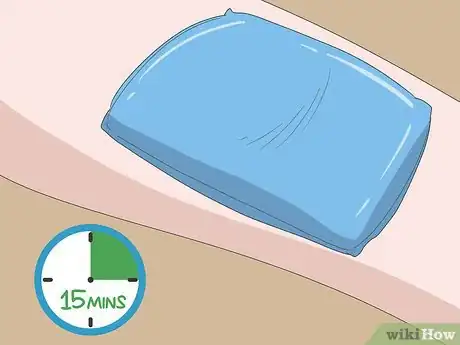
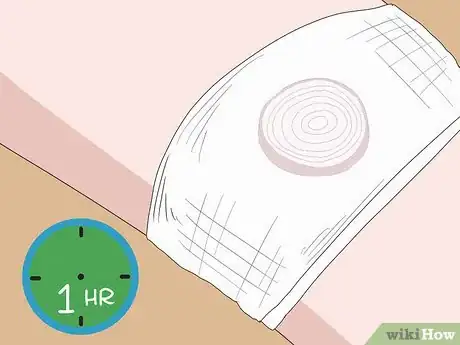
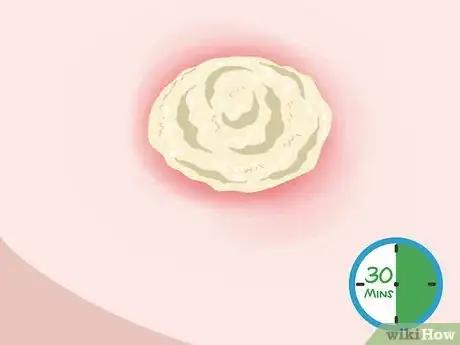
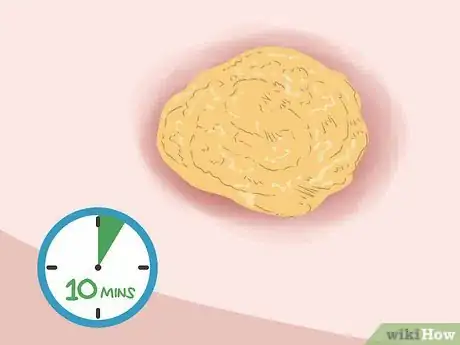
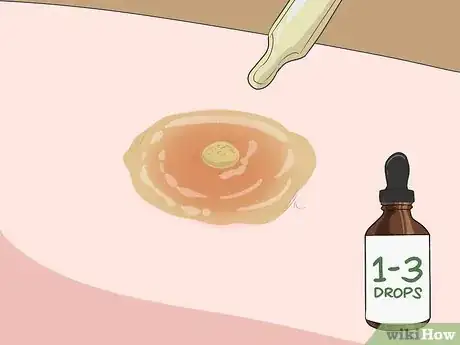
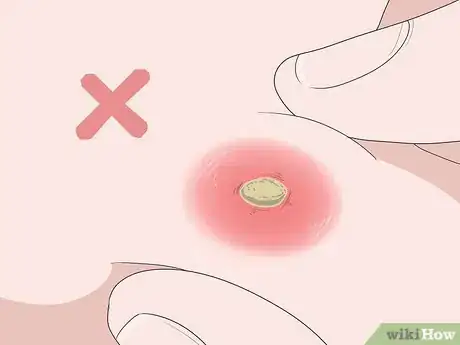
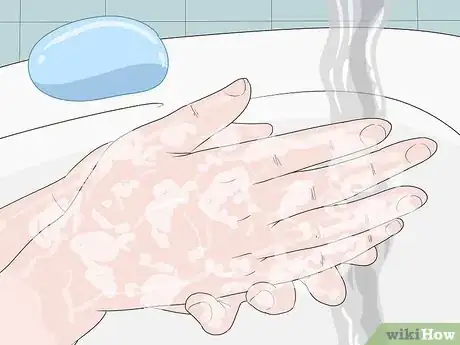
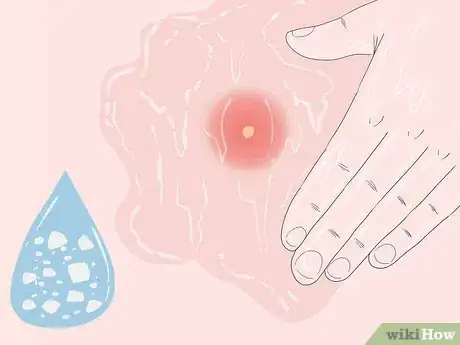
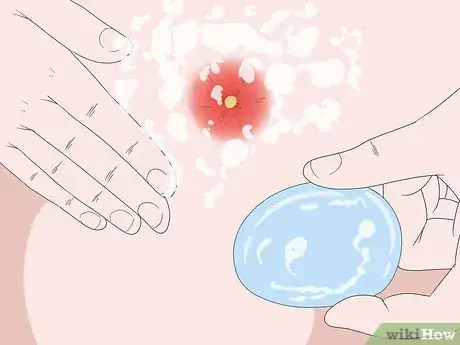
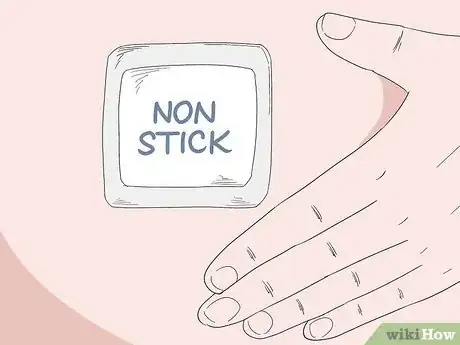
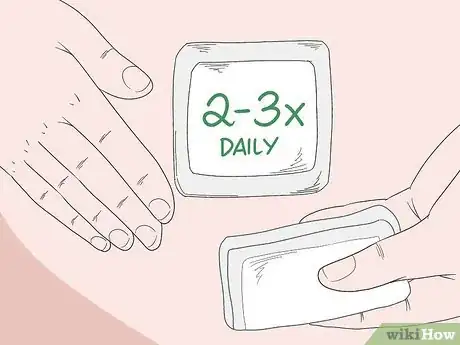
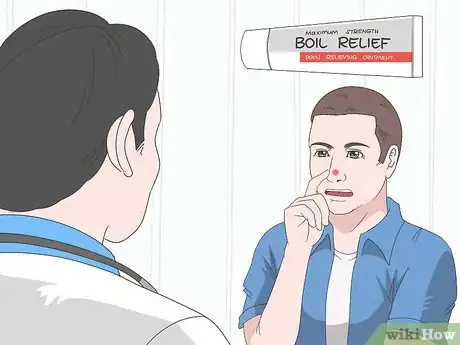
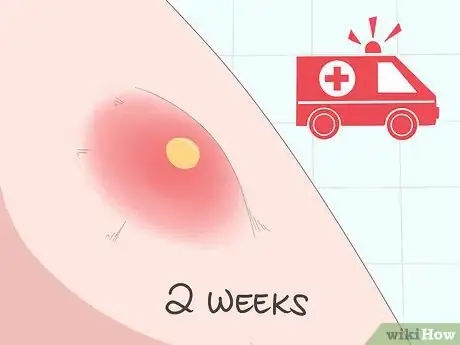
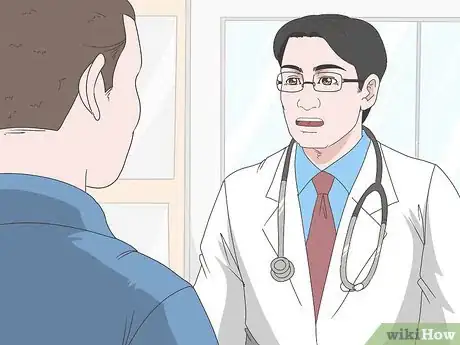
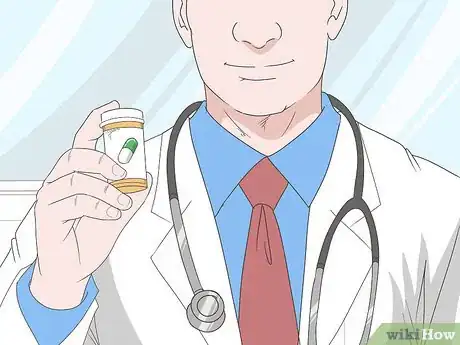
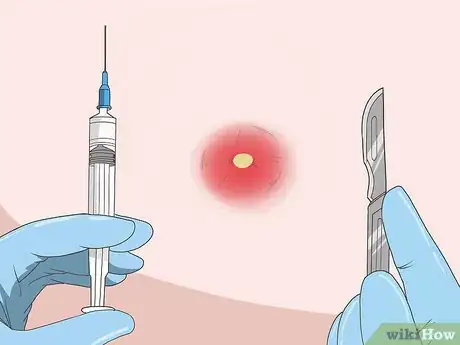


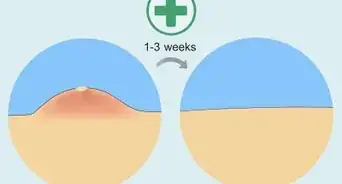
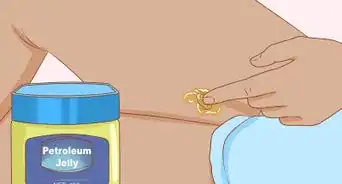
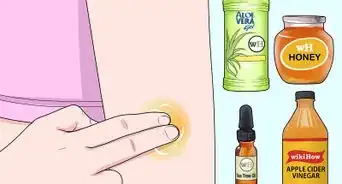
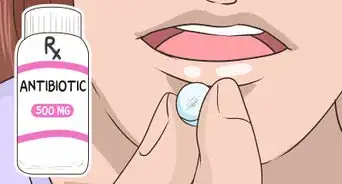
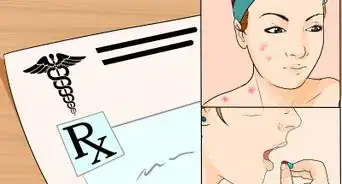
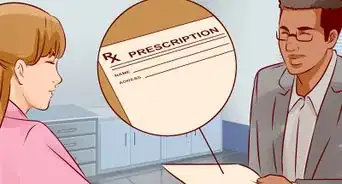

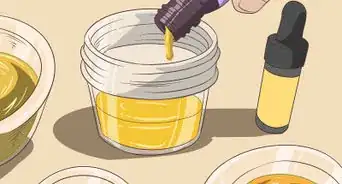


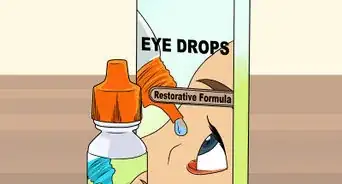
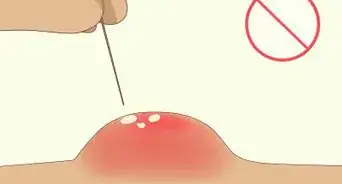










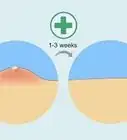
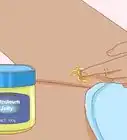



































Medical Disclaimer
The content of this article is not intended to be a substitute for professional medical advice, examination, diagnosis, or treatment. You should always contact your doctor or other qualified healthcare professional before starting, changing, or stopping any kind of health treatment.
Read More...